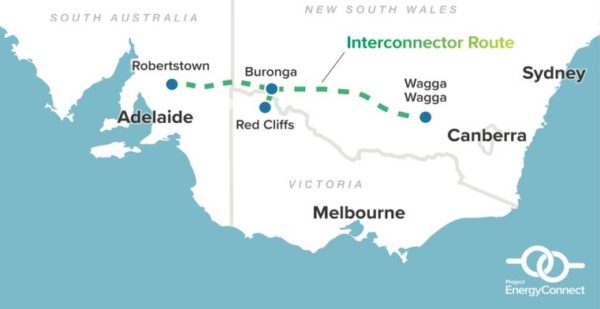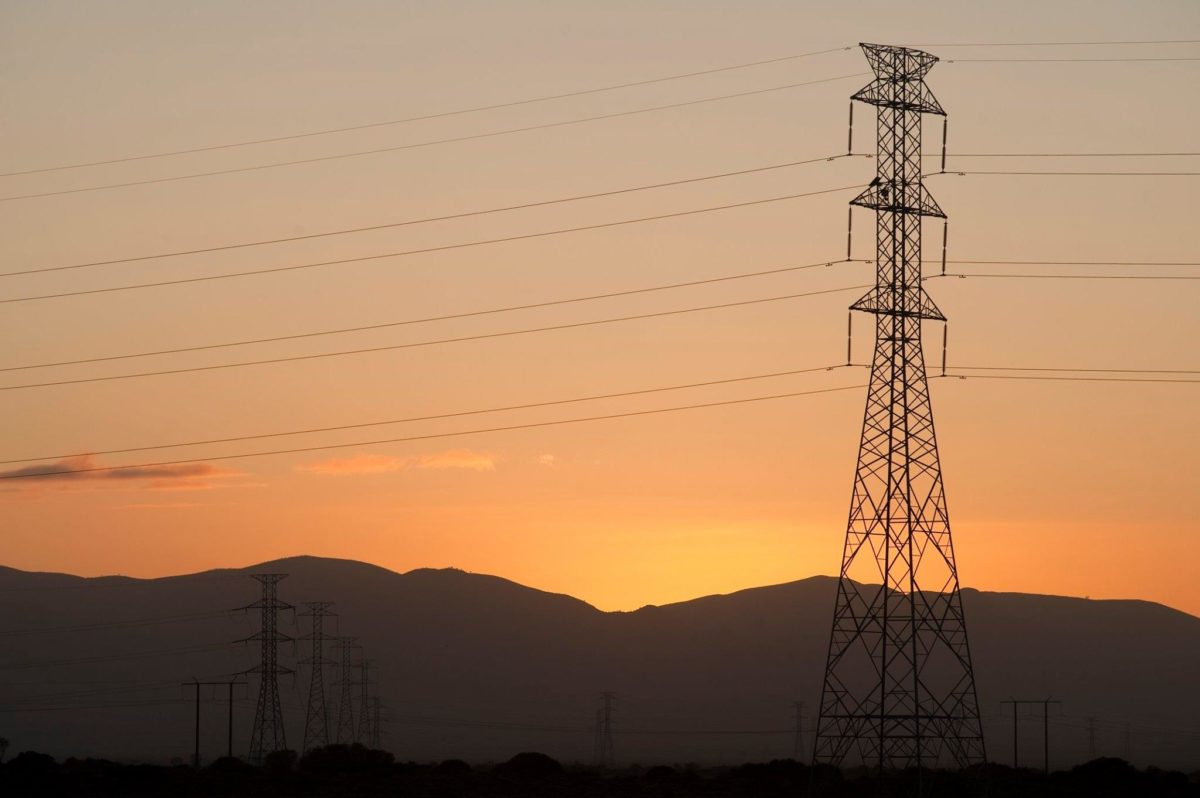Project EnergyConnect, which is expected to unlock more than $20 billion in new renewable projects in South Australia (SA) and New South Wales (NSW), is a step closer to fruition with construction set to begin early this year after the South Australian component of the project was granted environmental approval by the state government.
A joint venture between SA’s high-voltage transmission network owner ElectraNet and NSW network operator Transgrid, the SA component of the high-voltage electricity interconnector between the two states secured the environmental tick of approval late last month, three years after the assessment process began.
ElectraNet chief executive Steve Masters said the SA Government decision was a major milestone, with only Federal Government approval of the Environmental Impact Statement (EIS) required to complete the assessment process.
Masters said if the Federal Government ticks off on the project, construction could commence early this year with commissioning of the new line expected to be underway in 2023.
“We started the assessment process in 2018, undertaking extensive consultation with the many stakeholders interested in our project and (this) marks another important milestone for the project,” he said.
“Through the EIS process, detailed environmental, cultural, social and engineering studies were undertaken to select a proposed route, collect baseline data and understand stakeholder perspectives.
“Our final, approved route takes into account environmentally sensitive areas and we’ve engaged with all affected communities to minimise project impacts.”

Image: AER
The 900-kilometre high-voltage transmission interconnector will stretch from Robertstown, in SA’s mid-north, to Wagga Wagga, in NSW, via Buronga with an additional line between Buronga and Red Cliffs, in Victoria.
It has been forecast the 330 kV interconnector, which has been identified as a priority project in both AEMO’s Integrated System Plan and the NSW Government’s Transmission Infrastructure Strategy, will enhance power system security and unlock up to 30 new wind and solar projects totalling nearly 5.3 GW.
ElectraNet confirmed in June that it had reached a final investment decision to go ahead with the SA section of the interconnector from Robertstown to the NSW border, at an estimated cost of $457 million.
Transgrid secured government approval for the first stage of the much longer section of the 900km connector on the NSW side in September. Transgrid’s share of the deal is costed at $1.8 billion.
Transgrid has said the project will be the “critical missing link in the National Electricity Market (NEM), connecting more renewable generation and reinforcing connectivity between the state grids of NSW, SA and Victoria.”
The approval of the EIS for the SA component of the electricity interconnector comes after ElectraNet awarded the transmission and substation contracts for its part of the project.
Downer Utilities Australia secured the transmission lines contract with works to include approximately 200km of 330 kV new transmission line between the SA and NSW border and the new Bundey Substation near Robertstown, and approximately 10 km of new transmission line between the Robertstown and Bundey substations.
Substation works, including the construction of the new Bundey facility and augmentation works at the existing Robertstown and Tungkillo substations, have been awarded to Consolidated Power Projects Australia, specialists in high-voltage infrastructure.
“Both contractors have already been engaging extensively with the market and this will continue over the coming months,” Masters said.
With the contractors now appointed, ElectraNet has also set up a page for sub-contractors to register their interest through the Industry Capability Network with the information to be shared with the project’s successful contractors.
This content is protected by copyright and may not be reused. If you want to cooperate with us and would like to reuse some of our content, please contact: editors@pv-magazine.com.









By submitting this form you agree to pv magazine using your data for the purposes of publishing your comment.
Your personal data will only be disclosed or otherwise transmitted to third parties for the purposes of spam filtering or if this is necessary for technical maintenance of the website. Any other transfer to third parties will not take place unless this is justified on the basis of applicable data protection regulations or if pv magazine is legally obliged to do so.
You may revoke this consent at any time with effect for the future, in which case your personal data will be deleted immediately. Otherwise, your data will be deleted if pv magazine has processed your request or the purpose of data storage is fulfilled.
Further information on data privacy can be found in our Data Protection Policy.